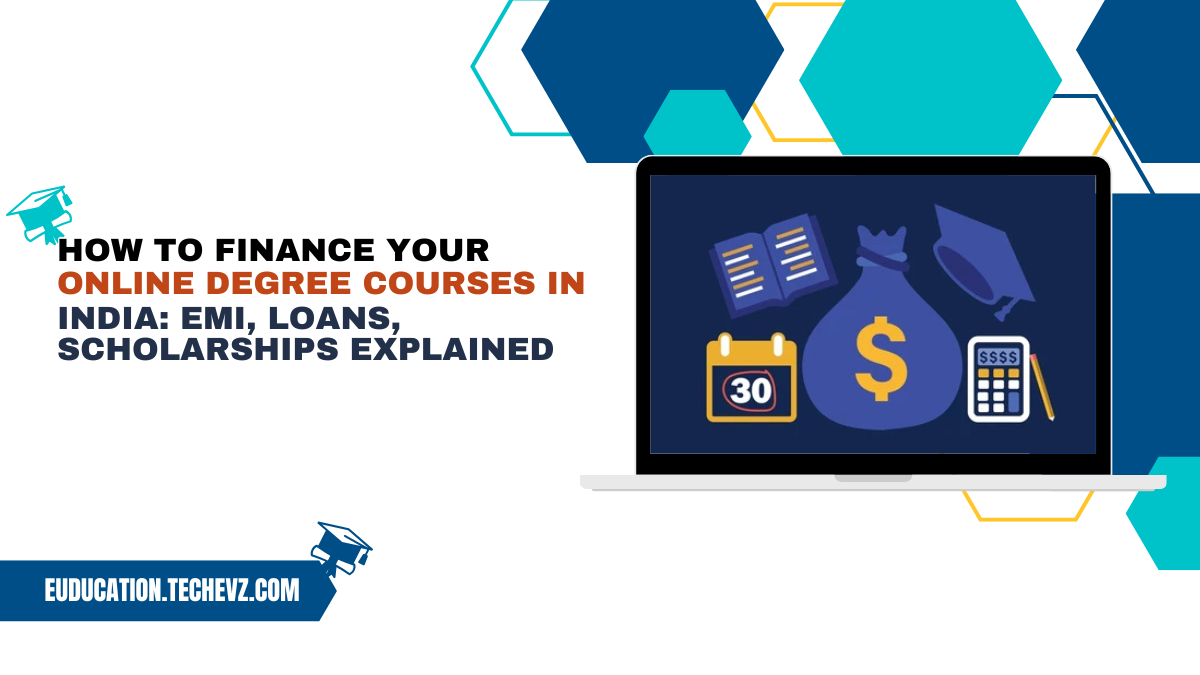Introduction
Pursuing an MBA is a transformative step for career growth, but financing this investment can be challenging. If you want to avoid the burden of loans, there are practical and creative ways to fund your MBA without taking on debt. This guide explores how to finance your MBA without taking a loan, covering scholarships, employer sponsorships, savings, fellowships, crowdfunding, and other strategies to help you achieve your dream debt-free.
1. Leverage MBA Scholarships and Fellowships
Scholarships and fellowships are the most desirable options since they do not require repayment. Many business schools, alumni groups, foundations, and private organizations offer merit-based or need-based scholarships specifically for MBA candidates. Examples include:
- School-specific scholarships for academic excellence or leadership potential.
- Fellowships like the Forté Fellowship for women or the Paul & Daisy Soros Fellowships for immigrants.
- Scholarships targeting underrepresented minorities or specific industries.
Applying early and tailoring your applications to highlight your strengths, goals, and background increases your chances of securing these funds.
2. Employer Sponsorship and Tuition Reimbursement
Many companies recognize the value of an MBA and offer financial assistance through sponsorship or tuition reimbursement programs. If you are currently employed:
- Check if your employer has a formal MBA sponsorship policy.
- Negotiate partial or full tuition coverage in exchange for agreeing to stay with the company for a set period post-MBA.
- Explore flexible work-study arrangements that allow you to earn while you learn.
Employer support can significantly reduce or completely cover your MBA expenses without debt.
3. Personal Savings and Budgeting
Planning ahead to save money for your MBA reduces reliance on loans. You can start by:
- Cutting discretionary expenses and redirecting savings into a dedicated MBA fund.
- Taking on part-time, freelance, or consulting work prior to or during your MBA program to increase income.
- Leveraging family support or pooled resources if available.
A well-planned savings approach minimizes financial pressure and gives you control over your MBA financing.
4. Crowdfunding and Peer-to-Peer Lending
Innovative financing options like crowdfunding platforms (e.g., GoFundMe) or peer-to-peer lending allow you to raise funds from personal networks or sympathetic strangers online. Success requires:
- Crafting a compelling story that frames your MBA as an investment in global leadership or community impact.
- Sharing updates and engaging supporters throughout your MBA journey.
- Presenting a clear repayment or pay-it-forward plan if using peer-to-peer loans.
This growing funding source supplements traditional financing without the rigid conditions of banks.
5. Grants and Loan Forgiveness Programs
Some organizations, government bodies, and nonprofits offer grants or loan forgiveness programs for MBA students pursuing careers in public service, nonprofits, or high-need fields. Although less common than scholarships, these offer valuable funding without repayment requirements.
6. Choosing Affordable or No-Loan MBA Programs
Some universities offer MBA programs with built-in funding or highly affordable tuition that dramatically reduce costs. Investigate:
- Programs with scholarships included in the offer.
- Employer-partnership programs.
- Part-time or online MBAs that allow earning while studying, reducing income disruption.
Conclusion
Financing your MBA without taking a loan is achievable with the right strategy. By combining scholarships, employer assistance, personal savings, crowdfunding, and selecting affordable programs, you can avoid the stress of debt while advancing your career. Start researching early, apply widely, and use a multi-pronged approach to secure the funds you need.
Taking control of your MBA financing empowers you to focus on what matters most—gaining knowledge, skills, and networks to accelerate your professional growth.







